Zakka Jacob demystifies CNN-News18’s YouTube success story
CNN-News18 has been witnessing tremendous growth on YouTube. In January, it registered 173 million views on YouTube, and 135 million on Facebook. “I think it’s been staggering,” says Zakka Jacob, Managing Editor, CNN-News18.
He says he is very optimistic that digital is the future. “I’m not saying that it’s the end of the road for television, certainly not. Because television still has a long way to go, particularly here in India, if you were to look at the BARC numbers they’ve come out with 200 million homes roughly having cable TV connections and the upside is another 100 million homes. So, there is still a tremendous amount of growth for television. But I think we are very excited about digital because I said, already, you are catering to an audience that is global, that could be sitting in New York, that could be sitting in London, could be sitting in Paris, or anywhere in the world and consuming content that you're putting out. As broadcasters, as content creators, I keep telling this to my team as well, we have to start becoming platform-agnostic,” he says. Excerpts:
What made CNN-News18 the number one channel on YouTube?
CNN-News18 for the longest time was the number one channel on television. We are not only into regular news events or primetime coverage, but also cover elections, budget and the Ukraine war. So, we took that template to YouTube. Our journey on YouTube went through a turning point about six months back, when we did a stream on the US House Speaker Nancy Pelosi visiting Taiwan. We were covering that event, right from her touchdown and there was a lot of curiosity around that news event. We had almost one lakh concurrency at that time for that particular stream. In fact, it got about three to four million views. So, that’s when we realised that there is a large audience who wants news about what’s happening around the world. And this audience is not just a domestic audience, because in television, you’re dealing with one product, you’re putting one news story at one point of time, and you’re basically catering to a domestic audience.
Whereas on YouTube, if you go to our YouTube page right now, there are probably 20 live streams, those are 20 different stories. It’s like running 20 different channels, catering to different audiences around the world. So, we realised that consumption patterns were changing, and the audiences were changing. There is a great appetite for content, especially international content, which mainstream media in those countries were not covering, whether it is US, UK, Canada, etc. So, I think the limitations of traditional television broadcasts are overcome through YouTube and other video platforms.
So, for us August was a real turning point, then in September, Queen Elizabeth passed away, so again our live streams did tremendously well. September was the first month when we crossed 100 million views on YouTube and it was phenomenal! The most amazing thing was when the Queen passed away, we gained more views than the BBC YouTube channel. So, it was quite fascinating that viewers are coming to a YouTube channel that’s based out of India for a story that is international in its nature and its flavour.
Then thereafter the Football World Cup, the US midterm elections, the Turkey earthquake, even a few days before when Joe Biden landed in Ukraine, we had multiple streams on that, and we had phenomenal views. For the month of January 2023, we’ve had 173 million views on YouTube, and 135 million on Facebook, which I think has been staggering.
The last six months have been a real learning experience for us and also it has been an immensely satisfying experience, because the strategy that we went in with for our YouTube page seems to have worked.
So, what factors (organic and inorganic) helped CNN-News18 achieve this?
If you look at much of our success, you will notice that some of these news stories that I mentioned, whether it was the Queen’s demise, Pelosi going to Taiwan, Football World Cup or the Russia-Ukraine war, all of this was organic, none of this was inorganic.
I don’t think we’ve had much inorganic growth at all because all of these are news events. There is inherent curiosity amongst the audiences for these events. If you look at the last two weeks’ data, we were upwards of 20 million for the last two weeks running. And the most amazing thing about it is that even if you put the next two competitors together, they are still less than what CNN-News18 clocked.
Like I said, a large part of this is organic. And it’s organic because it is related to news, and people are consuming news now on social media, specifically on these video platforms. So, for us as traditional broadcasters, we need to now go to where the audiences are going and YouTube is a great platform for where the audiences are, especially the younger audiences and international audiences. So, accordingly we are curating content that the new audience wants.
What are the measures that you have taken to ensure that the current momentum is sustained in the times ahead?
Honestly, I think news-wise, it is an important year for India, it is the G20 year. There’s going to be a lot of global attention and global interest in India. So, we are really ramping up our coverage for the G20. There are meetings in the run-up to it and so on. For the next six months till the G20 meetings in September, there’s going to be a lot of news around India, from India, which has global value or global audiences are interested in. So, I think that is something we are really wrapping up. We are also looking to do a lot more digital-first, digital only content.
Right now, if you look at our YouTube page, about 60-70% is television videos that are then being repurposed for YouTube. Whereas now going forward that balance should be somewhere 50-50, with 50% of the content should be television videos, and 50% should be digital, original videos. Going forward, that is going to be a key thing to develop digital only content to digital exclusive content. If we can amp up on that, which we are very hopeful of doing so, I think the sky is really the limit.
Talking about digital, do you think digital news will get more prominence in the future?
It already is. If you look just at our YouTube page, six months ago, we were about 2 million subscribers. Today, we have three and a half million subscribers. So, one and a half million have been added just in the last six months. I think it is a validation to the fact that audiences are liking the content that we’re putting out. Like I said, there is no linearity to that platform. You can put any number of channels and any number of live streams at any given point of time. The audiences that are consuming it are different if you go to our YouTube page right now. There are live streams on the Turkey earthquake, Hunter Biden probe going on. There are live streams on some of the domestic stories that are breaking on television right now and different audiences are consuming this.
So, it’s like running 20 different television channels with 20 different audiences. I am very optimistic that digital is the future. I’m not saying that it is the end of the road for television, certainly not. Because television still has a long way to go, particularly here in India – if you were to look at the BARC numbers they’ve come out with 200 million homes roughly having cable TV connections and the upside is another 100 million homes. So, there is still a tremendous amount of growth for television. But I think we are very excited about digital because you are catering to an audience that is global, that could be sitting in New York, that could be sitting in London or Paris or anywhere in the world and consuming content that you are putting out. As broadcasters, as content creators, I keep telling this to my team as well, we have to start becoming platform-agnostic. Whether you’re creating content for YouTube, or linear television, or Facebook or any other video platform, you have to know what your audience wants. And for that you have to take your content to the audience. They want to watch it on the platform they want to watch, anytime, anywhere, anyplace. And I think it is our duty, it’s imperative on us, the creators, to take that content to where the viewer wants it.
What will be the future of TV news, since the audience is now preferring more digital news platforms like YouTube?
I think especially in India, the upside for growth in TV is still quite huge. As for the BARC numbers, about 200 million homes have cable connections, and they are expecting another 100 million homes to be getting cable connections over the next 10 to 15 years. So, there is still a huge upside. About a third of the audience is yet to be reached, as far as television is concerned. So, I don’t think TV is going to die or something or that people are going to stop consuming news content on television. Also, there is a famous thumb rule that one of our old journalism professors said, “The thing why news is able to survive, particularly video form of news, whether it is on linear television or on video platforms, is because that’s the only medium that can capture real time, something that is happening, something that is developing real time, whether it is a terrorist attack, an earthquake, a big diplomatic event or even an election for that matter. When results are being counted live, no other medium can capture the drama like television or video content can. Therefore, I am very excited, because like I said before, different platforms have to cater to different audiences and curate different content. But ultimately, for us here at CNN-News18, one of the things that we are very proud of is that we are number one on television, we are number one on YouTube, we are number one on Facebook. We have become content creators, we are platform agnostic, whichever platform our content is going to, we have to make sure that we reach the maximum audiences and the maximum audiences consume our content and validate our content.
Some broadcasters complain that BARC is in a mess. Do you trust BARC ratings? If not, what should be an alternative for TV news ratings?
No, which is why I said for us it is absolutely important. It is something that we are very proud of that we are number one not just by one measure – we are number one on television by a distance. We have been number one for the last 43 weeks and I am very confident that we will soon reach 52 weeks, which means for one whole year we have been number one on television and on YouTube. Last month, we had 170 million views, the month before that in December, I think about 140 million or so. We’ve had upwards of 100 million views from the month of September 2022 onwards. I think again on YouTube, we are number one by some distance as per the last two weeks’ data, where we have more views than two or three competitors put together. So, I think it is something that is extremely validating for us. On Facebook, as I mentioned, the January numbers stand at 135 million views.
So for us, irrespective of which platform we are on – whether it’s on YouTube, Facebook or linear television, these are different measures. The agency that measures television does not measure for digital, the agencies that measure for YouTube don’t necessarily measure for Facebook. So, different agencies, different measurements, but the result is still the same. CNN-News18 is number one, and I think that is the bottomline for us.



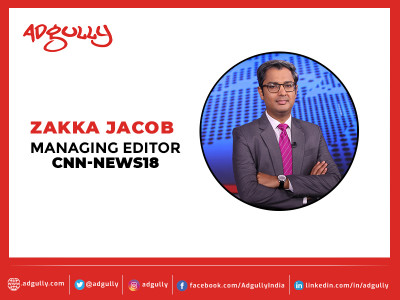

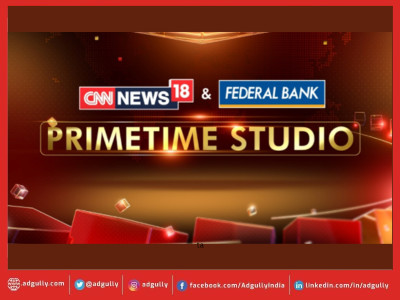

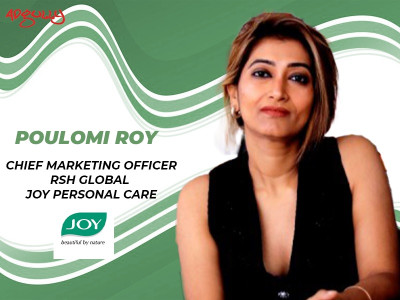
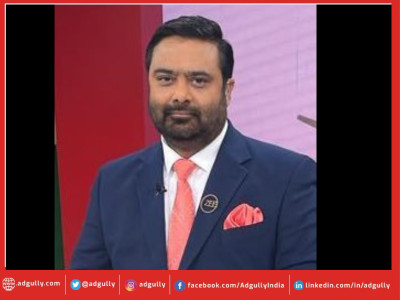



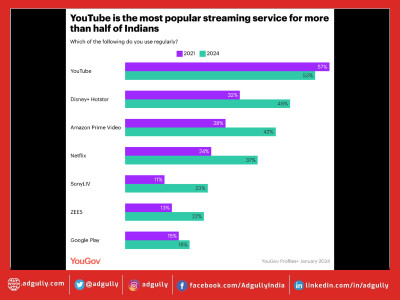

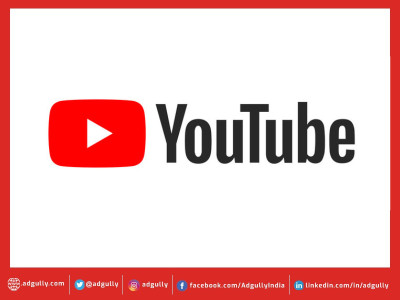
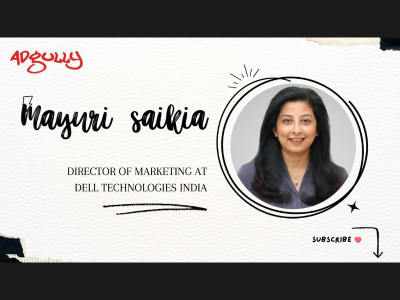


Share
Facebook
YouTube
Tweet
Twitter
LinkedIn